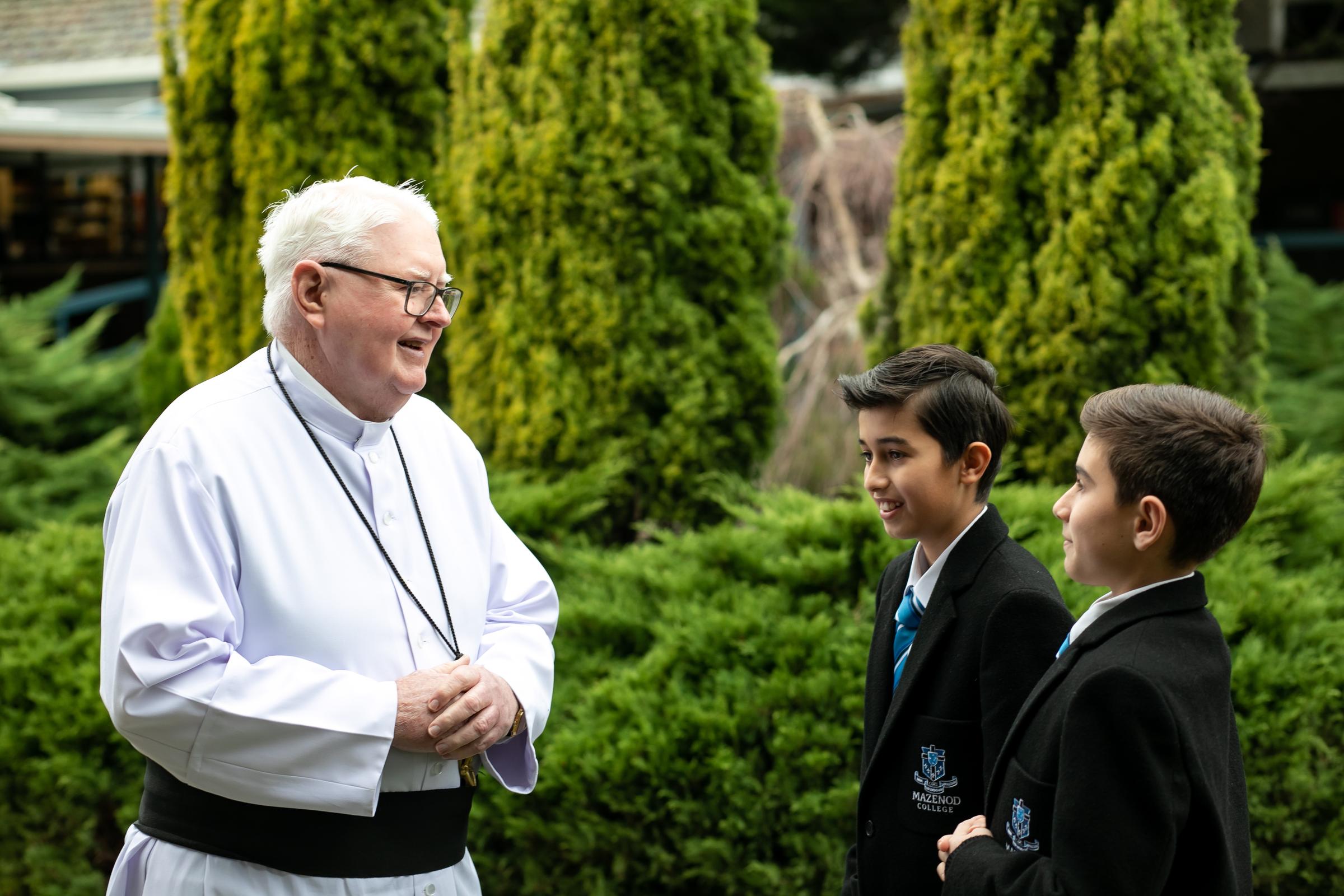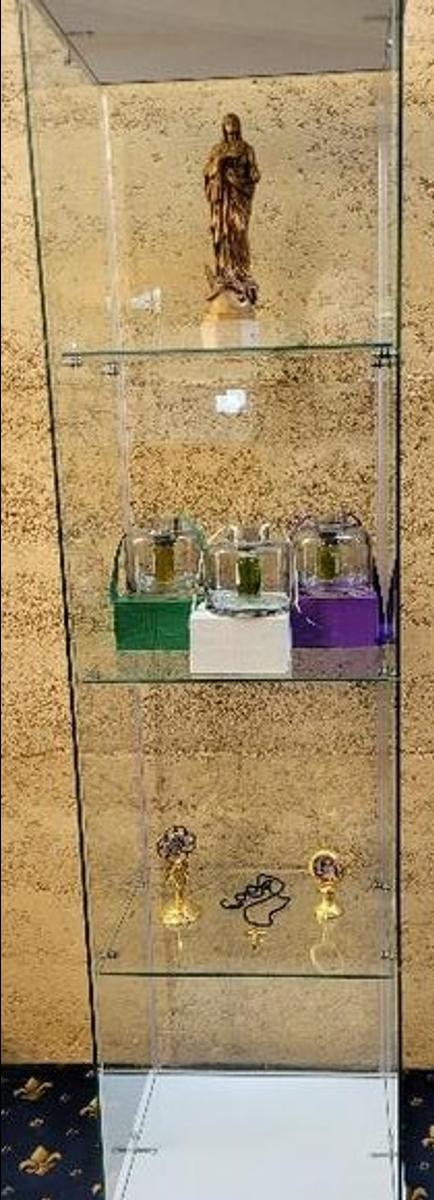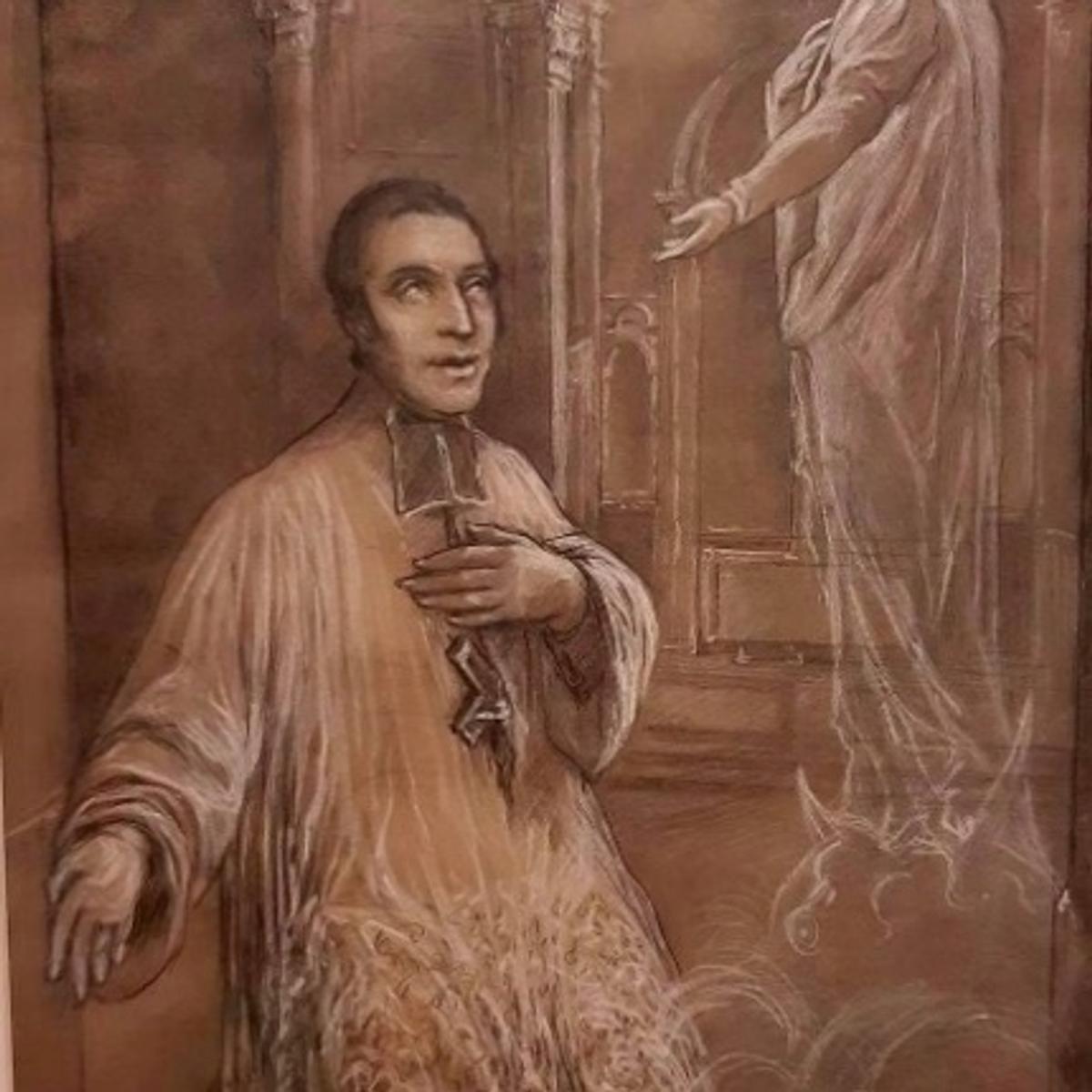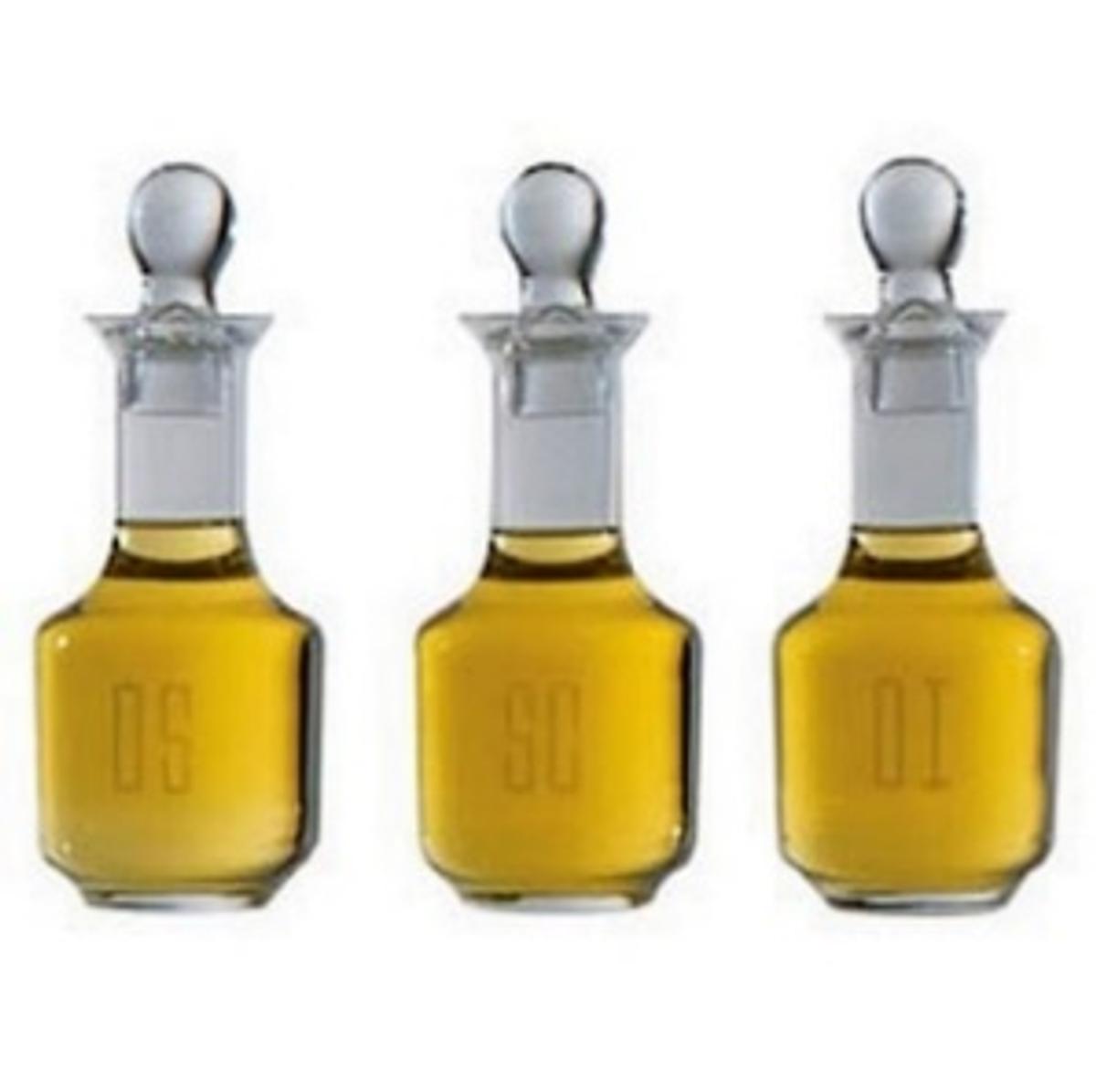From the Rector

Greetings!
On Wednesday, September 1 we greeted the Season of Spring. Hopefully we have left the cold, dark winter days and nights behind and are reenergised by the warmth of the sun. Let us take time to venture out and enjoy the new life and beauty that is all around us.
This morning our traditional Father’s Day Mass was celebrated at 8.10am in the College Chapel via livestream. Unfortunately, the tradition of inviting dads, grandfathers, uncles, or special persons in the students’ lives, to the Father’s Day celebrations at the College could not take place due to COVID restrictions.
On December 8, 2020 Pope Francis launched his Apostolic Letter “Patris Corde” (“With a Father’s Heart”) and proclaimed that from that date until December 8, 2021 we would celebrate a “Year of Saint Joseph”, the Patron of the Universal Church. This weekend we celebrate Father’s Day and do so with the reflection that St Joseph is a role model of GRIT -an acronym for Generosity, Resilience, Integrity and Trust. I believe this sums up the role of a father in most of our lives. It is a special and rewarding role that should never be taken for granted. We also remember and pray for eternal peace for All our fathers who are experiencing eternal life in the Kingdom of God.
During lockdown, like most of you, I tried to have a couple of projects to work on. One project has been the installation of a glass cabinet in our College Chapel to display the Holy Oils, Relics of St. Eugene de Mazenod & St Mary of the Cross MacKillop, a copy of a statue of Our Lady under the title of the Immaculate Conception and smaller version of the Oblate Cross worn by Finally Professed Oblates.
On the Feast of the Assumption in 1822 a statue of the Most Holy Virgin, under the title of the Immaculate Conception was blessed by Fr Eugene de Mazenod. Fr Eugene de Mazenod reported that on that day he had a special encounter where he received confirmation with a ‘smile’ from Mary that he was to pursue with his new Missionary family which would have a solid future. This statue has become known as the Oblate Madonna.
To follow on from this I thought I would explain the Holy Oils and their use in the Sacramental life of our Church.
There are three types of Holy Oils: Oil of Catechumens, Holy Chrism, Oil of the Sick. The first and third are pure olive oil. The Oil of Chrism is scented with a sweet perfume that is usually a mixture of balsam. The blessing of the Holy Oils takes place at the Chrism Mass in St Patrick’s Cathedral, Melbourne by the Archbishop during Holy Week. The Oils are then distributed to all parishes within the Archdiocese as a sign of our unity with the Archbishop and with our Mother Church.
The Holy Oils are symbols of spiritual nourishment and are used in the public administration of the Sacraments: Baptism, Confirmation, Holy Orders (priesthood) and the Sick.
Oil of Catechumens: This oil is administered by the priest/deacon during the Sacrament of Baptism. The minister anoints the new Christian on the chest, which symbolises the strengthening of the person for the struggles of life ahead. The Liturgical colour for the Oil of Catechumens is green which symbolises our growth in Christ during our life.
Oil of Holy Chrism: The Oil of Chrism is consecrated (solemn dedication for a sacred purpose) and is the most sacred of the three because it is “the sacramental sign of the seal of the gifts of the Holy Spirit”.
Baptism (Priest/Deacon) - Following the pouring of blessed water, the new Christian is anointed on the head with this oil. This anointing is a sign of the Holy Spirit as well as a sign of initiation into the Body of Christ.
Confirmation (Bishop) -This oil is anointed on the forehead to confirm the gifts of the Holy Spirit enabling us to profess our faith and practice it.
Holy Orders - Priesthood(Bishop) - This oil is anointed on the palms of the newly ordained priest’s hands, signifying the spiritual strength and power to sanctify God’s Holy People and to offer the Eucharist and the Sacraments. The Liturgical Colour for the Oil of Chrism is white which symbolises our union with Christ in baptism.
Oil of the Infirm/Sick: This oil is administered by a priest to those who are experiencing sickness or old age. The oil is anointed to the person’s forehead and hands. It brings comfort, peace, and courage to the sick. The effect of the sacrament is to absolve the person of any sins not previously absolved through the Sacrament of Reconciliation and therefore only an ordained priest or bishop may administer this Sacrament. The Liturgical Colour for the Oil of the Sick is violet which symbolises repentance.
**The Anointing of the sick is sometimes confused with the “last rites.” When people talk about the Last Rites, they are really referring to a combination of three of the Sacraments that are administered to a Catholic before their death: Confession, Anointing of the Sick and Communion (Viaticum) or food for the final journey. After death only the Prayers for the Dead are recited.
Links for Mazenod Daily Mass for Parents and friends (outside the Mazenod College community) are below.
For staff and students at Mazenod College, the Daily Mass Links are available via the MazCom homepage.
Monday 6 September 202
Tuesday 7 September 2021
Wednesday 8 September 2021
Thursday 9 September 2021
Friday 10 September 2021
Have a smile!
Whilst on Churchie thoughts!!
Some student humour for Father’s Day!
Did you hear about the two spiders that got married? They met on the web!
I have a Chemistry joke for you, but I am not sure it would get a reaction!
What is the difference between a guitar, a fish and a tub of glue? You can tune a guitar but not a fish. What about the pot of glue? I knew you would get stuck on that.
2 men walked into a bar, the 3rd one ducked!
Stay safe, stay healthy, and keep connected with God and one another!
Yours in Jesus Christ and Mary Immaculate,
Fr Harry Dyer OMI
Rector









